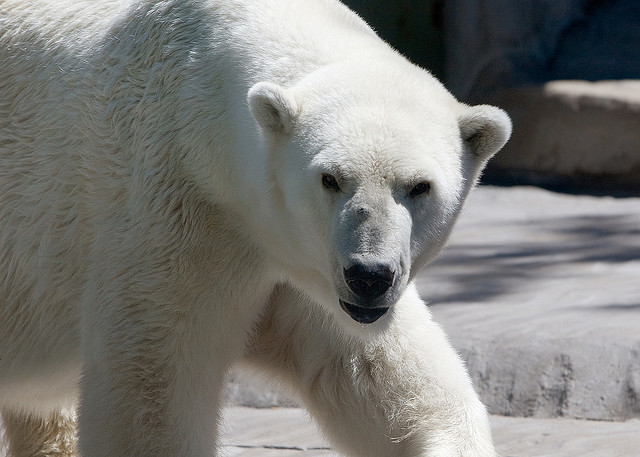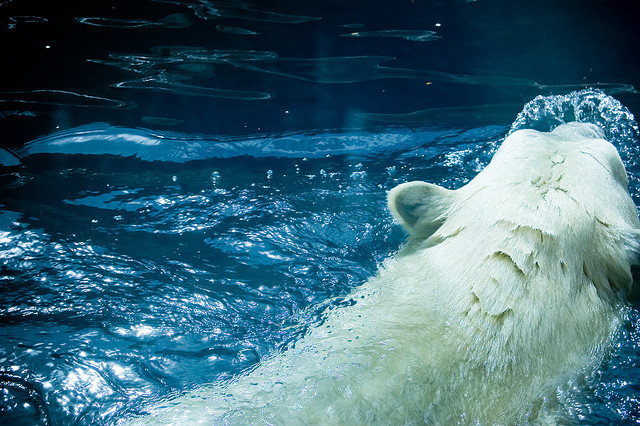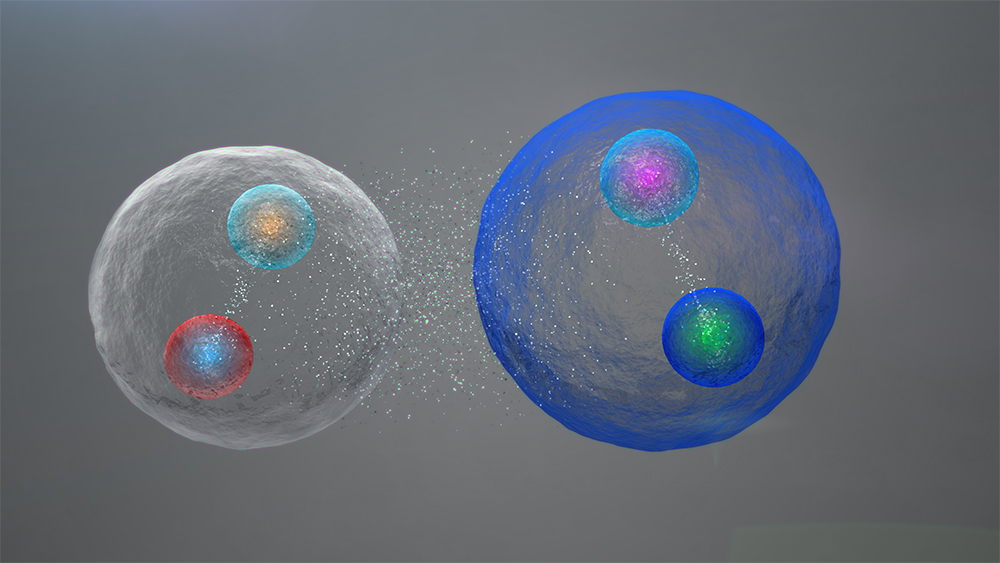Polar bears are no ordinary animals. To begin with, they are the world’s largest bear and the largest meat eaters on land. They can weigh anywhere between 350–680 Kgs !! Polar bears probably evolved from brown bears, but have undergone many changes to adapt themselves to live in extremely cold temperatures. Most polar bears are born on land, but they spend most of their time at sea. That is why they are also known as “maritime bear”. Polar bears are excellent swimmers.
Polar Bears are mostly found on icy stretch around Arctic ocean. Five nations – the United States (Alaska), Canada, Russia, Greenland and Norway have a lot of polar bears.
In the Arctic, there are millions of seals – polar bears favorite food! Whenever they are hungry they lurk around holes called leads. When seals pop out of these holes to get air, bears catch them. Polar bears have a brilliant sense of smell. They can smell a seal buried under 3 Ft (0.9 m) of snow as far as 1 mile(1.6Km)away.
Polar bear’s fur looks white, but it is made up of transparent hair that reflects white light. That is why they look white. Under their fur, polar bears have black skin. Surprised? The skin is black in order to absorb a lot of heat. Remember black color absorbs much more heat than any other color. Under the skin, there is 4.5 inches thick layer of fat which also helps them in keeping them warm. This layer of fat is called ‘blubber’. Polar bears are so superbly insulated by fur, skin and blubber that they can not bear temperatures above 10 °C (50 °F).
Mama polar bears make snow dens to give birth to cubs. While in den, they don’t eat or drink anything. They live there for about four to eight months and finally give birth to twin cubs that are blind, covered with a light down fur, and weigh less than 0.9 kg. After mothers give birth to the cubs, they finally break their fast by hunting seals. Mothers typically nurse and guide them for two and a half years and then leave them alone to fend for themselves.
It is difficult to tell how many polar bears are there in the wild as they live in remote cold areas. The most accurate counts require flying a helicopter in the Arctic climate to find polar bears, shooting a tranquilizer dart at the bear to sedate it, and then tagging the bear. However, biologists say that there are 20,000 to 25,000 polar bears worldwide.
Reference – Wikipedia, http://en.wikipedia.org/wiki/Polar_Bear






Leave a Reply